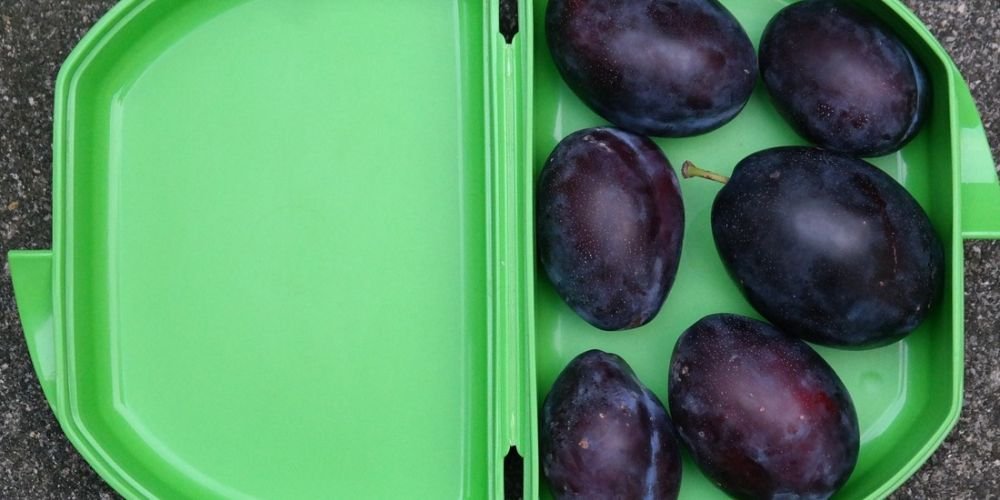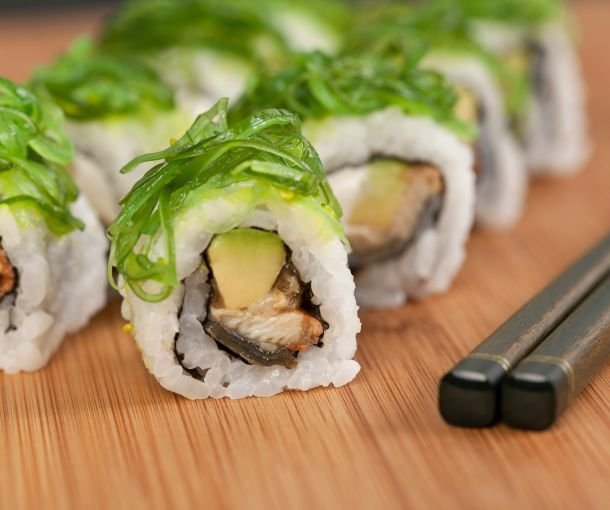Macroalgae Biomaterials: Pioneering Regenerative Packaging for a Plastic-Free Future

Introduction
In an era when environmental consciousness and sustainability are paramount, the packaging industry stands at a crucial crossroads. The ubiquitous use of traditional plastics, though versatile and efficient, has given rise to an alarming ecological crisis – the proliferation of non-biodegradable plastic waste. Mountains of plastic debris clog landfills, pollute oceans, and threaten ecosystems worldwide. As the global community recognizes the urgent need for sustainable alternatives, the spotlight turns to the remarkable potential of seaweed macroalgae. Seaweed macroalgae biomaterials, derived from these marine wonders, emerge as a beacon of hope, promising regenerative, biodegradable packaging solutions that can significantly reduce the dependence on traditional plastics.
The magnitude of the plastic predicament cannot be overstated. Plastic waste, virtually indestructible in natural environments, endures for centuries, choking habitats, endangering wildlife, and permeating the very air we breathe. Single-use plastics, while convenient, have become emblematic of this crisis. The urgency to find alternatives has never been more pronounced, and nature, as so often, offers a path forward.
Macroalgae, the unassuming denizen of the world’s oceans, holds the key to revolutionizing packaging. With over 12,000 species of seaweed spread across the planet’s seas, this abundant resource is a testament to nature’s ingenuity. But it’s not just the abundance; it’s the versatility and sustainability of seaweed that make it a game-changer in the quest for regenerative packaging.
In this expansive exploration, we will delve into the world of seaweed biomaterials and their profound potential to reshape the packaging industry. From alginate-based films that mimic plastic’s flexibility to agar bioplastics that can be molded into various shapes, the diversity of seaweed-derived materials is staggering. As we navigate this eco-friendly arsenal, we will unravel how these biomaterials are not only biodegradable but also possess properties that can equal or surpass those of traditional plastics.
The journey, however, goes beyond the biomaterials themselves. It extends into the realm of bioengineering, where innovations in seaweed cultivation, extraction methods, quality control, and regulatory compliance are paving the way for sustainable, large-scale production. As we explore these intricate processes, we will unveil the exciting trends already in motion and those poised to revolutionize the packaging industry in the near future.
This blog article is a voyage into the heart of regenerative packaging, a realm where nature’s solutions meet human ingenuity. It’s a journey that showcases how seaweed biomaterials are not just an eco-friendly alternative but a beacon illuminating a path toward a plastic-free future. Join us as we embark on this odyssey through the world of seaweed, where the seas themselves offer answers to one of the most pressing environmental challenges of our time.
Bioengineering at Scale for Regenerative Packaging
Sustainable Macroalgae Cultivation: The foundation of a sustainable supply chain for seaweed biomaterials lies in large-scale seaweed cultivation. Sustainable seaweed farms, often located in coastal areas, use innovative techniques like floating and submerged systems to optimize yield and reduce environmental impact.
Efficient Biomaterial Extraction: Developing efficient extraction methods is crucial for large-scale biomaterial production. Enzyme-assisted extraction and mechanical processing innovations streamline the extraction process, reducing energy consumption and increasing yield.
Quality Control and Standardization: Maintaining the consistency and quality of seaweed biomaterials is paramount. Rigorous quality control protocols, incorporating advanced analytical techniques like spectroscopy and chromatography, ensure compliance with industry standards.
Regulatory Compliance and Certification: Meeting regulatory requirements for packaging materials demands close collaboration between the packaging industry, regulatory bodies, and seaweed biomaterial producers. Certification processes for biodegradability and sustainability help build consumer trust.
In an age where environmental concerns loom large and the packaging industry is under increasing scrutiny for its ecological footprint, the potential of seaweed biomaterials shines ever brighter. These biomaterials, derived from the depths of our oceans, are not merely a sustainable alternative to traditional plastics; they represent a transformative force poised to reshape the packaging landscape for a greener, more regenerative future.
As consumer demand for eco-friendly packaging continues to surge, seaweed-based solutions have already begun to infiltrate the market. Alginate-based films, carrageenan coatings, agar bioplastics, and cellulose nanofibers have gained traction as viable alternatives, demonstrating their capacity to replace or augment conventional plastics in various applications.
Trends in Macroalgae Biomaterials for Packaging:
Diverse Material Combinations: Seaweed biomaterials are increasingly being combined with other sustainable materials, such as plant-based polymers, to enhance their properties. These hybrid materials offer improved strength, durability, and versatility, opening new possibilities for sustainable packaging.
Smart Packaging: Innovations in seaweed biomaterials are driving the development of smart and active packaging solutions. These packages can monitor product freshness, temperature, and even release antimicrobial agents, extending the shelf life of perishable goods.
Nanotechnology Advancements: The use of nanotechnology to further refine seaweed-derived materials is on the horizon. This technology allows for precise control over material properties, enabling the creation of packaging with exceptional barrier properties, UV resistance, and strength.
Recycling and Circular Economy: The integration of seaweed-based biomaterials into the circular economy is a growing trend. Innovations in recycling and upcycling seaweed packaging waste are emerging, ensuring that these materials remain within the production cycle, reducing waste, and conserving resources.
Biodegradability Certification: As the demand for seaweed-based packaging rises, certification standards for biodegradability and sustainability are expected to become more stringent. Packaging companies will need to adhere to these standards to gain consumer trust.
Customization for Industries: Seaweed biomaterials are adaptable to various industries. Customization for specific sectors, such as food, pharmaceuticals, and electronics, is likely to become more prevalent, ensuring that packaging meets industry-specific requirements.
Collaborative Research: Collaborations between academia, industry, and government bodies are driving research into seaweed cultivation, extraction methods, and material enhancements. These partnerships accelerate innovation and promote sustainable practices.
Consumer Education: As seaweed-based packaging becomes more prevalent, consumer education campaigns are expected to proliferate. Educating consumers about the benefits and proper disposal of these materials will be essential for widespread adoption.
The packaging industry is on the brink of a transformative shift toward regenerative and biodegradable solutions, largely fueled by the emergence of seaweed biomaterials. The trends already in motion, coupled with those on the horizon, point to a future where packaging is not merely a vessel for products but a powerful agent of environmental restoration. By harnessing the potential of seaweed macroalgae and embracing innovation, the packaging industry can play a pivotal role in turning the tide on plastic pollution and paving the way for a sustainable, plastic-free future.
References:
Klinger-Bowen, R., Krischok, S., & Tandlich, R. (2021). Seaweed-based food packaging materials: Properties, value chain development and prospects. Packaging Technology and Science, 34(9), 537-550.
Ates, S., Kaplan, Y., & Akman, G. (2021). A comprehensive review on agar (agarose) and its applications in the food industry: a roadmap for researchers. Comprehensive Reviews in Food Science and Food Safety, 20(2), 1801-1828.
Alboofetileh, M., Rezaei, M., & Tabarsa, M. (2021). The effect of seaweed-based packaging materials on postharvest shelf-life and quality of fresh fruits and vegetables: A review. Journal of Food Processing and Preservation, 45(7), e15856.
Gouda, M., & Abdel Maksoud, M. I. (2021). Eco-friendly packaging materials based on seaweed polysaccharides and their composites. Environmental


